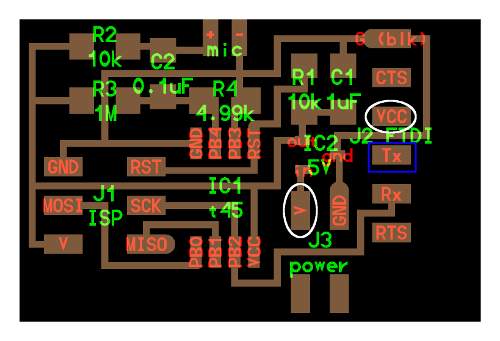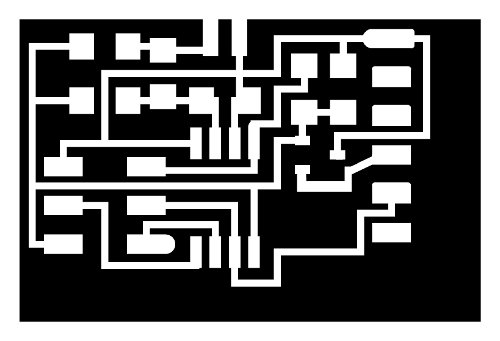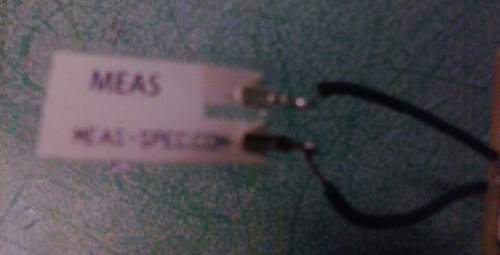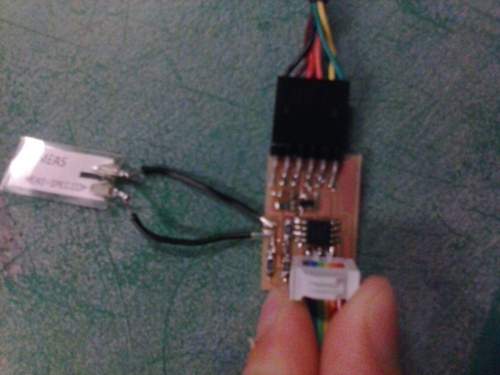Input Devices
I worked with the Hello Microphone board this week as my "input device." I had a lot of trouble with this board (along with many others). None of us (in Providence anyway) were able to make this board actually work. We couldn't load the makefile onto the board. After going through and resoldering the board, changing out the at45 and changing out microphones I deciced to look at the circuit itself. At first look I saw that the bottom pin of the transistor was supposed to be connected to VCC on the FTDI header but was instead connected to an external power supply. We couldn't re
This design didn't make a whole lot of sense to us other than that it wouldnt have to be plugged into a computer after being programmed. The only problem is that it still would have to be in order to get input data back to the computer. Anyway I decided to completely get rid of the external power on this board and jumpered IN on the transistor to Tx on the FTDI. (This was a silly mistake, I had intended to jumper it to VCC but nevertheless it worked). We found that there was around 2.3/2.5 volts coming in through the Tx pin. Since the microphone can operate fully at 2 volts I didn't bother to rewire it to VCC. Later I went into the traces file and edited the traces to work like this. Again Tx was much easier to get to so I routed IN on the transistor here and got a working board (almost).

Unfortunately we had a few "duds" in the inventory. I tried two different microphones and neither were working. Although Diane wired her board the same way as mine and was able to get it to work.
I had ordered a few microfilm piezo sensors that I intend to use for my final project so I tried one of these out in place of the microphone and had success!



